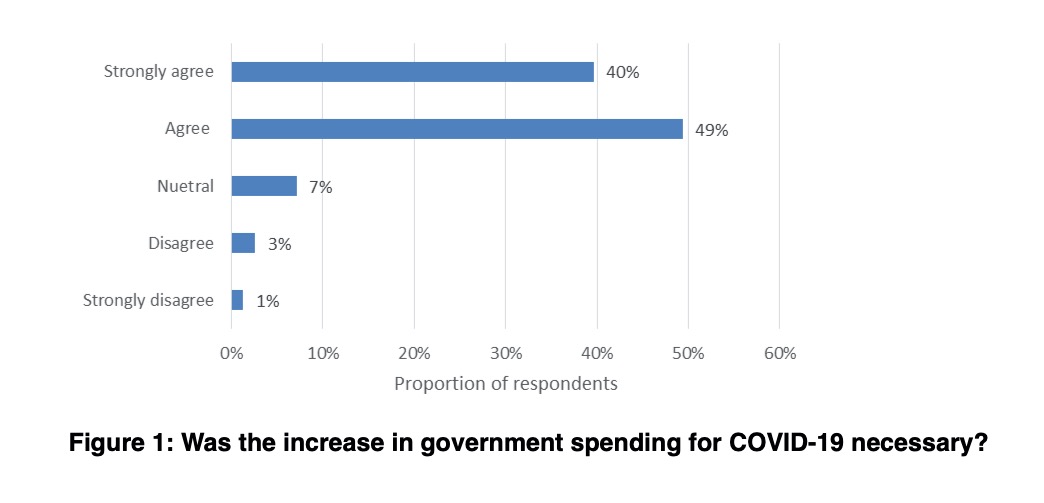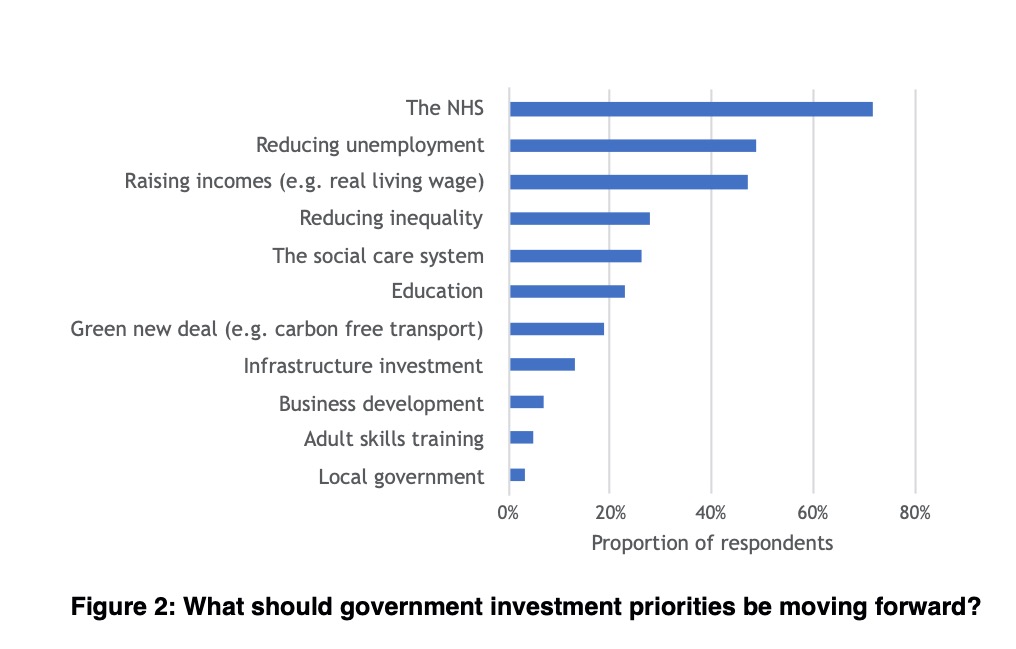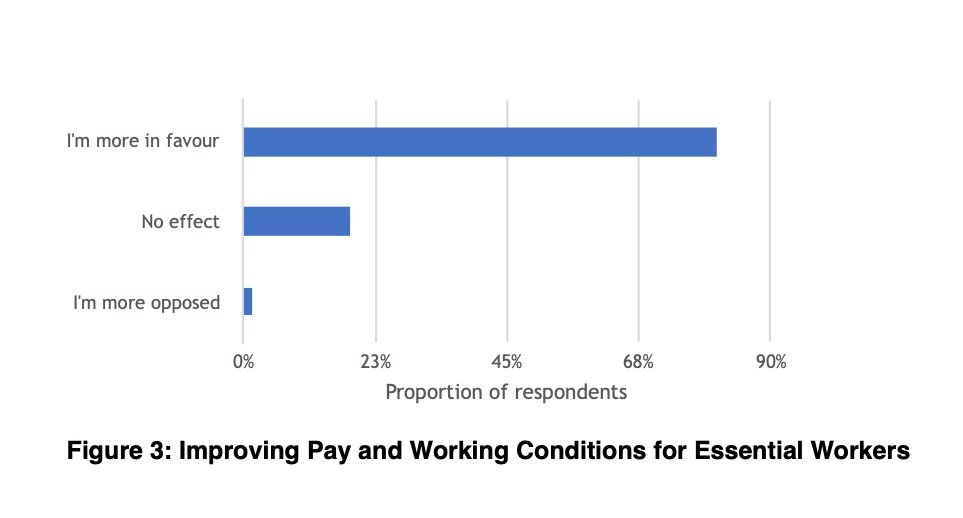 Dr Bertie Russell – research associate at the University of Sheffield’s Urban Institute and contributor to our recent Municipal Socialism conference – offers some core reflections on the role of municipalist political strategies for the 21st Century. Central to his argument is a need to develop a more nuanced understanding of political scale, decenter our conception of the state, and develop a counter-history of municipalism that learns from the wealth of international examples outside of the UK. This piece was originally published on the Realising Just Cities website.
Dr Bertie Russell – research associate at the University of Sheffield’s Urban Institute and contributor to our recent Municipal Socialism conference – offers some core reflections on the role of municipalist political strategies for the 21st Century. Central to his argument is a need to develop a more nuanced understanding of political scale, decenter our conception of the state, and develop a counter-history of municipalism that learns from the wealth of international examples outside of the UK. This piece was originally published on the Realising Just Cities website.
The “Municipal Socialism in the 21st Century” conference – hosted at De Montfort University by the Centre for Urban Research on Austerity (CURA) – offered a much-needed starting point for bringing together academics, trade-unions, party organizers and progressive think-tanks to consider the role of urban politics in transformative social change. That Labour’s “Community Wealth Building Unit” held their meeting immediately after the conference suggests that these discussions are not taking place in an academic vacuum, and may increasingly come to play a role in defining contemporary socialist strategy in the UK.
As we move forward, we should perhaps take Miguel Robles Durán’s opening demand for “an anti-capitalist provocation of what a city can do” as our common point of orientation, a reminder that we must remain committed yet critical in the development of political strategies of scale. With this said, here are some quick reflections on the importance of this conference, and why it may come to mark a starting point for addressing some of the most pressing political questions of the Left.
- This needed to happen
The last five years has witnessed a global renaissance in transformative urban politics. From the emergence of the movement-party Ciudad Futura in Argentina to the territorially grounded political strategies in Jackson, MI, we are witnessing a wave of political experimentation that wagers on the municipality becoming a privileged site for left organizing. These initiatives are collectively challenging many of our inherited assumptions about the role of the state in socialist organising, antiquated distinctions between the private and the public, and unhelpful binaries between ‘local’ and ‘global’.
Meanwhile, Corbyn’s announcement of the ‘return of municipal socialism’ has built on the successes of Preston’s community wealth building approach, leading to Labour establishing a community wealth building unit. A raft of articles and policy papers have started to appear calling for the municipalisation of services and utilities such as water and telecommunications, whilst some local labour groups have begun to release manifestos that claim to put ‘municipal socialism at its heart’.
There is a wealth of critical thought that needs to be brought to bear in developing an “anti-capitalist provocation of what a city can do”, not least critical geographic insights on the politics of scale, and the incredibly rich ‘state debate’ that occurred throughout the 1970-80s. These insights, coupled with richer and more nuanced understanding of these movements, are essential if we are to avoid falling into a reductive localism that limits the potential of ’municipal socialism’ to redistributive service delivery. The new municipalist movements are demonstrating that practice is currently developing faster than theory, and we’re in a privileged position to collectively develop our theoretical understandings of what 21st century socialist organizing can look like.
- Municipalism ≠ municipal socialism ≠ municipal enterprise
The conference was mired by a fundamental slippage in terminology, that led to many of the discussions and contributions working (or not working) across purposes. Furthermore, some of the terms themselves are contested – not least municipal socialism – with different historical accounts and differing emphases. To offer some clarity:
Municipal Enterprise
At it’s simplest, municipal enterprise refers to businesses that are owned by local governments. There is nothing inherently ‘socialist’ about municipal enterprise. Nonetheless, it’s feasible that certain forms of municipalist enterprise could have a central role in developing a municipalist strategy.
A number of attendees suggested that Nottingham’s Robin Hood Energy would be a good example of this; a municipally owned not-for-profit that looks to reduce fuel costs by not having to provide returns for shareholders. Whilst we should welcome enterprises that reduce consumer costs and provide some degree of decision-making to local authorities, it remains a significant stretch of the imagination to equate this with a socialist project.
This doesn’t mean that there isn’t a place for certain types of municipal enterprise within a transformative political program, but we need to ask what precisely is providing the ‘transformative’ potential? Examples such as Wolfhagen’s public-common energy partnership point in this direction, illustrating an innovative form of co-ownership and distributed governance that puts real democratic decision making in the hands of a citizen-consumer-owner cooperative. Cases such as this have the potential to transform our consciousness, with citizens developing new capacities as collaborative decision-makers, and thus playing a role in a larger project of systemic change.
Municipal Socialism
Rather than referring to a particular theory of social change, municipal socialism is more often used as shorthand for a series of actually-existing historical periods. This is usually presented as an overwhelmingly UK-centric history, commonly beginning with the gas-and-water ‘socialism’ of the mid-19th century and ends with the experiments of 1980s Britain. This history is often in danger of falling back into identifying these historical periods as ‘socialist’ due to the presence of municipal enterprise – especially so when we reach back into the 19th Century.
We ought to recall that Joseph Chamberlain, the archetypal mayor of mid-19th Century municipal gas-and-water socialism, believed that the municipality “ought not to intrude where private initiative could already handle the provision of a social good”. Whichever way you choose to frame your understanding of socialism, it probably ought exclude such perspectives.
Furthermore, there are significant differences of experience within certain historical periods. As Hilary Wainwright looked to stress in her contribution, there were many involved in London’s GLC in the 1980s who put a priority on trying to develop a prefigurative and transformative set of practices. This is quite different to a dominant history which paints the projects of the 1980s as being defined by high-levels of local-state spending and periods of direct confrontation with the Thatcher government.
Ultimately, ‘municipal socialism’ has become a form of shorthand to describe periods of heightened redistributive municipal enterprise. Meanwhile, the UK-centric reading of municipal socialism also closes the door on political experiments elsewhere in the world – some of which were introduced by Mike Geddes – many of which may be more closely aligned with what we could call a ‘municipal socialist strategy’. Such reductive readings of history both exclude strategic considerations of how any of this might fit into socialist strategy, whilst simultaneously foreclosing many of the more prefigurative political experiments that also occurred during these periods.
Municipalism
Municipalism should be used to refer to theories of social change that recognize the potential of the municipal scale as a strategically key site for organizing. There is no single theory of ‘municipalism’ – not least because there are a breadth of people within contemporary municipalist movements that are actively experimenting and building theory-in-movement.
There are nonetheless historical precedents for municipalist theory, not least Murray Bookchin, whose concept of Libertarian Municipalism saw the ‘immediate goal is to reopen a public sphere in flat opposition to statism, one that allows for maximum democracy in the literal sense of the term, and to create in embryonic form the institutions that can give power to a people generally’. Such a position looks to challenge the existing form of the local state, instead positing these institutions as something to be transformed within a broader political agenda.
Whilst I’d wager that many of the participants in the contemporary ‘new municipalist’ movements are likely to agree with such a statement, these movements are not following a predetermined program or strategy – they’re not “Bookchin-ists”. Whilst activists may now be turning to Bookchin and others for inspiration, new theories of ‘municipalism’ are being built through the experiences of these contemporary movements, such that we can see action and theory being produced in tandem.
Given this, it’s not only reasonable – but arguably quite likely – that municipalist perspectives may come to argue that historical periods of municipal socialism actually had very little to do with a ‘municipalist’ theory of change. Furthermore, a municipalist perspective may identify and emphasize different historical examples – from the participatory processes of Montevideo in the late-1980s to the Italian municipalism in the early 20th century – whist looking for different phenomena from within those periods we’ve come to refer to as ‘municipal socialist’.
- “The question is not what the local state can do, but what can we do to the local state?”
A fundamental but largely unspoken distinction lay at the heart of this conference, although it was only drawn out in the last session. As Mike Geddes summarised succinctly “the question is not what the local state can do, but what can we do to the local state?”.
This question has profound implications for how we are thinking about municipalist politics. Asking ‘what can the local state do’ tends to reify existing institutions, limiting our spectrum of consideration to the different functions that the existing state-form can undertake. It also understands political agency as resting conclusively with state officials – whether they be elected or civil servants – mistakenly interpreting ‘the state’ as having some form of omnipotence. In a brief nod to the theoretical progressions of the state debate, we should already be beyond thinking of the state as a ‘thing’ that can simply be seized and wielded as a tool of revolutionary change – not least local state institutions.
On other hand, asking ‘what can we do to the local state’ approaches the institutions of the local state as a problem, as a set of social relationships that are part of capitalism itself. Asking “what can we do to the local state?” starts with provocation that we need to fundamentally look to challenge the form of the local state, upsetting its strategic position within the broader reproduction of capitalist social relations. The central concern thus becomes challenging the very form of the state, placing an emphasis on distributing power throughout society and meaningfully de-centering both ownership and decision-making. Furthermore, it demands us to consider who the “we” is that can “do” something to the institutions of the local state, providing a much wider field of social contestation.
So long as we fail to collectively recognize this clear distinction, we will be unable to succinctly think through what it would mean to develop municipalist strategies that function both in, against and beyond the state. We’ll also fail in our attempts to understand contemporary municipalist initiatives if we focus solely on the policies that local authorities such as Barcelona or Naples have implemented, rather than the broader strategy of transformation within which these policies fall.
- Where does community wealth building fit?
If there was one more slippage that was threatening to occur – not only within the conference, but potentially within Labour’s community wealth building unit – it was the equation of ‘community wealth building’ with contemporary municipalist strategy. This is not to pass comment on the work that has taken place within Preston or Cleveland, which may well find its place within a broader municipalist theory of change. But there are two questions that need to be raised here:
1) What precisely is it about a community wealth building approach that qualifies it as part of a municipal socialist – let alone municipalist – strategy? How precisely does this sow the seeds for broader transformative change? This is undoubtedly a complex question, yet this is all the more reason not to rest on assumptions (much as we shouldn’t assume that municipal enterprise is somehow socialist).
2) How do we ensure that we don’t come to fetishize community wealth building to the point that it is taken as synonymous with municipalism? There appears a distinct danger of collapsing our focus on to a single approach, at the cost of ignoring the much wider spectrum of progressive municipal initiatives that should also be pursued as part of a transformative strategy.
How we approach, evaluate and extend innovations such as community wealth building will largely be informed by some of the broader strategic considerations outlined above. It may fit within a strategy of developing a common asset-base as part of the development of a broader counter-hegemonic project – similar to how the Jackson-Kush plan positions the role of the solidarity economy – or it may be reduced to a local government budget fix, assessed as a ‘success’ due to an increase in regional GVA.
- Onwards
For all these challenges, we have to be thankful that CURA had facilitated a space where these questions could be raised. We remain at the beginning of developing political strategies that are fit for a 21st Century Socialism, where questions of scale and the state remain absolutely central to moving forward. We should look to take these discussions forward and build a clearer understanding of if – and how – municipalist strategies could develop, and what that means for those consumed within the leftward push of Labour. How we balance the ‘realism’ of existing political arrangements with the potential prefigurative power of municipalism is unknown. Thankfully there are dozens of municipalist initiatives out there asking themselves the same question.
Dr Bertie Russell is a research associate at the University of Sheffield’s Urban Institute. His research interests are in participatory democracy; transformational forms of coproduction; the organisation of the commons and post-capitalist transition; and the rise of new forms of urban internationalism. You can find some of his musings here.









